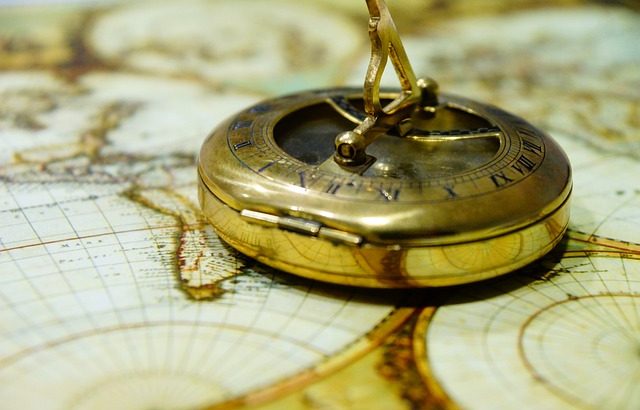Boat Navigation Systems For New And Used Boats For Sale In Australia
Seller`s ads: list
Boat Navigation is considered the fourth factor of the transportation coproduction structure and cannot be overestimated; it is critically important for the safety of maritime activities in the vast Australian coastal area. Given the numerous and varying conditions and the constant traffic, especially in international waters, the use of several forms of navigation aids is employed for safe navigation. This article discusses the different types of navagation systems required in Australian waters, whether they are necessary, and important maintenace practices.
Types of Boat Navigation Systems Essential for Australian Waters
1. GPS (Global Positioning System):
GPS is a key navigation device used on boats in Australian waters as it can offer positioning data coming from satellites.
2. Radar:
Navigation systems are the primary and vital usage of radar since it identifies vessels, coastal formation, and dangers, necessary for proper navigation in the Australian marine scenery which includes various types of climates and weathers.
3. ECDIS (Electronic Chart Display and Information System)
As far as the Australia’s chart carriage requirements and routing concerning the voyage are concerned, ECDIS is indispensable to displaying the electronic charts and to planning routes.
4. AIS (Automatic Identification System):
AIS improves situation awareness by providing opportunity for ships to transmit to other ships relevant information on their position and intent, which in turn helps in making navigation safer especially in the Australian regions and its waters.
Importance of Boat Navigation Systems in Australian Waters:
For accompanied ship-borne adventures in the large and diverse seas of Australasia, navigation aids are critical for safe and effective sea operations. They are useful for navigation and plotting, identifying potential risks to avoid collisions, and to adhere to the laws regulating maritime activities thereby protecting the vessels, their crew, and the marine ecosystem.
Maintenance and Care of Navigation Systems Systems:
1. Routine Maintenance:
It would also important to state that general usage of the navigation systems shall also require constant checkups as well as maintenance. It involves cleaning of radar equipment, enhancing software, and performing a certain number of tests on the functionality of systems for a certain amount of time.
2. Calibration:
The use of radar and compass which in this case requires proper calibration are some of the important instruments used in obtaining the right data. Calibration should be conducted by accredited personnel to avoid getting it wrong and hence decrease the accuracy.
3. Software and Chart Updates:
The localisation applications and the electronic charts need to be updated to ensure concordance with the current information available for navigation and also to adhere with the laws of Australia regarding maritime operations.
Consequently, CNSs are highly useful in the process of marine navigation in Australian waters and are worth the investment for equipment manufacturers and ship owners. It is therefore important that optimal practices best suited for the management of these systems be followed in order to have reliable and efficient systems hence enhancing the safety of vessels, crews and the marine environment. You should ensure that your vessel-has appropriate up-to-date and reliable navigation equipment, particularly while navigating the coastal waters in Australia.
Also visit our other websites focused on:
– boats for sale in New Zealand
